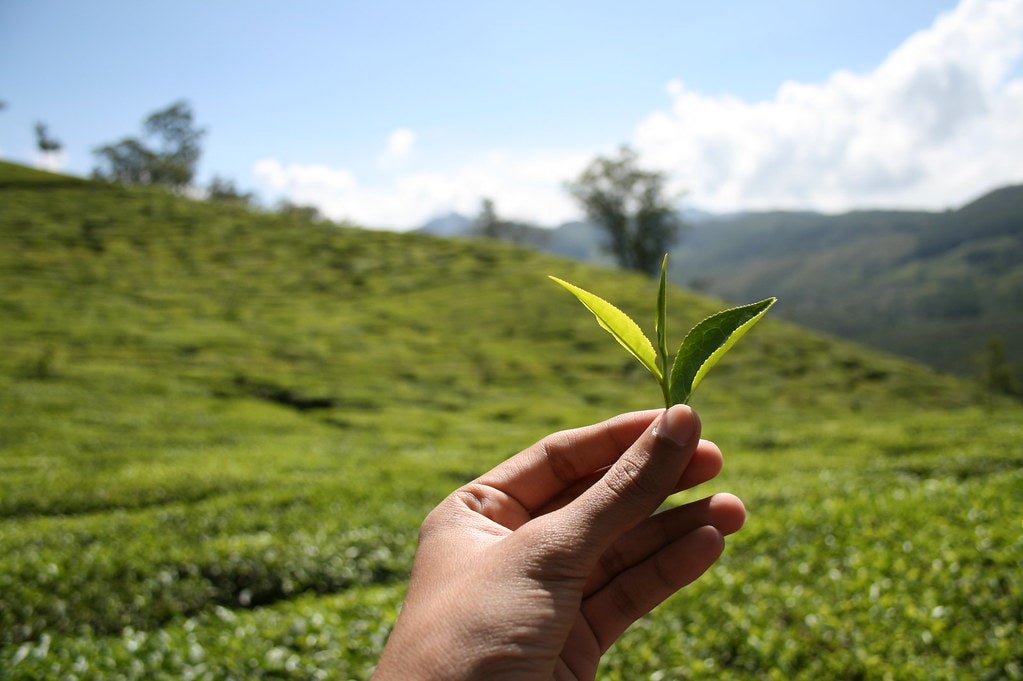Our UW Extension horticulture educators are incredibly knowledgeable and helpful. Today, Larry Meiller visits with Sharon Morrisey of Milwaukee County and finds out how to make the most of late summer gardening.
Featured in this Show
-
For Fall Flowers, Try Thinking Beyond Asters Or Mums
A good gardener can tell what part of the season it is by what’s blooming in the garden. Early spring tulips and other bulbs give way to mid-summer black-eyed susans, daisies and phlox.
In the fall, there are characteristic flowers as well.
“As we get towards the end of the season, most people think about the asters and chrysanthemums,” said Sharon Morrisey, the University of Wisconsin Extension consumer horticulture agent for Milwaukee County. “But, there are quite a few things that you could plant now to enjoy next fall.”
Here are four unique plants that Morrisey recommends for fall planting:
1. Turtlehead

Johnida Dockens (CC-BY-NC-ND).
One of Morrisey’s favorite fall plants is turtlehead, also called chelone.
“It is such an exotic looking plant compared to our native asters and the chrysanthemums,” she said. “It has a flower spike that contains all of these little pink or white flowers that are stacked on top of each other around the spike. And each one of them looks like a little turtle’s head.”
The turtlehead grows to about 2.5 or 3 feet in height, Morrisey said, and also has attractive green foliage. Even better, she said that turtlehead is low-maintenance. It doesn’t generally have disease or pest problems, and is well-suited for growing in shady areas.
2. Toad lily

Thomas Knox (CC-BY-NC-SA).
Morrisey also recommended toad lily, or tricyrtis, as a great late season bloomer. Like the turtlehead, it has an exotic appearance, and is also a good choice for a shady area. She said that because it’s a showy plant, “you’ll want to have it a bit closer to your patio or front door, or to walkways, where you’ll see it often.”
Morrisey said that the pink, white or purple flowers of the toad lily look like miniature orchids and are often spotted. Standard varieties grow to about 1.5 feet tall and the dwarf versions will be smaller. She added that toad lily has no disease or insect issues that she is aware of, and that the plant doesn’t require much fertilization.
3. Japanese anenome

Natalie Bowers (CC-BY-NC).
Morrisey said that Japanese anemones, or amemone x hybrida, have a clumping habit and send up tall flower stalks topped with white blooms that resemble daisies. These, too, will do well in shady areas.
“I know people are always looking for things in those shady spots,” Morrisey said.
4. Monkshood

Eric Hunt (CC-BY-NC-ND).
Morrisey said that monkshood, or aconitum, is very close to a delphinium, including coming in blues and purples, except that it flowers in the fall. She said that both the foliage and flowers stalks are more dense than delphiniums.
“It’s kind of an unexpected type of flower for the fall,” she said.
Morrisey noted that monkshood won’t be flowering for another couple of weeks.
Episode Credits
- Larry Meiller Host
- Judith Siers-Poisson Producer
- Sharon Morrisey Guest
Wisconsin Public Radio, © Copyright 2025, Board of Regents of the University of Wisconsin System and Wisconsin Educational Communications Board.

